Resources
About Us
Edge Computing Market Size, Share, Forecast, & Trends Analysis by Component (Hardware, Platforms, Services), Application (Smart Cities, Industrial IoT, AR/VR, Other), End-use Industry (Energy & Utilities, Manufacturing, Retail, Other), and Geography - Global Forecast to 2031
Report ID: MRICT - 104362 Pages: 250 Jul-2024 Formats*: PDF Category: Information and Communications Technology Delivery: 24 to 48 Hours Download Free Sample ReportThe growth of the edge computing market is primarily driven by the increasing load on cloud infrastructure, the growing adoption of Industrial IoT solutions, and the rising demand for low-latency processing & real-time automated decision-making solutions. Furthermore, the emergence of autonomous vehicles and connected car infrastructure is expected to generate growth opportunities for the players operating in this market.
Leading manufacturing companies across the globe are consistently expanding their operations with the adoption of smart manufacturing technologies. The integration of IoT sensors and IoT-enabled devices is at the center of this technological evolution of the industrial sector. Industrial IoT solutions play a pivotal role in facilitating digital transformation across the industrial and infrastructure sectors.
In recent years, many organizations have shifted their focus toward edge-based solutions, recognizing the value that edge computing can bring to their industrial Internet of Things (IIoT) projects. The players in the edge computing market are increasingly collaborating to offer edge computing solutions for industrial IoT applications. For instance, in September 2023, SECO S.p.A. (Italy) partnered with Qualcomm Technologies, Inc. (U.S.) to accelerate the development of new edge computing products for industrial IoT applications. Additionally, in February 2021, IBM Corporation (U.S.) collaborated with Siemens AG (Germany) and Red Hat, Inc. (U.S.) to leverage IBM's open hybrid cloud approach, based on Red Hat OpenShift, to develop MindSphere industrial IoT software and expand its edge computing footprint. This endeavor aimed to provide an open, flexible, and more secure solution for manufacturers and plant operators to allow them to derive real-time value from operational data. Such developments and the adoption of industrial IoT solutions are supporting the growth of the edge computing market.
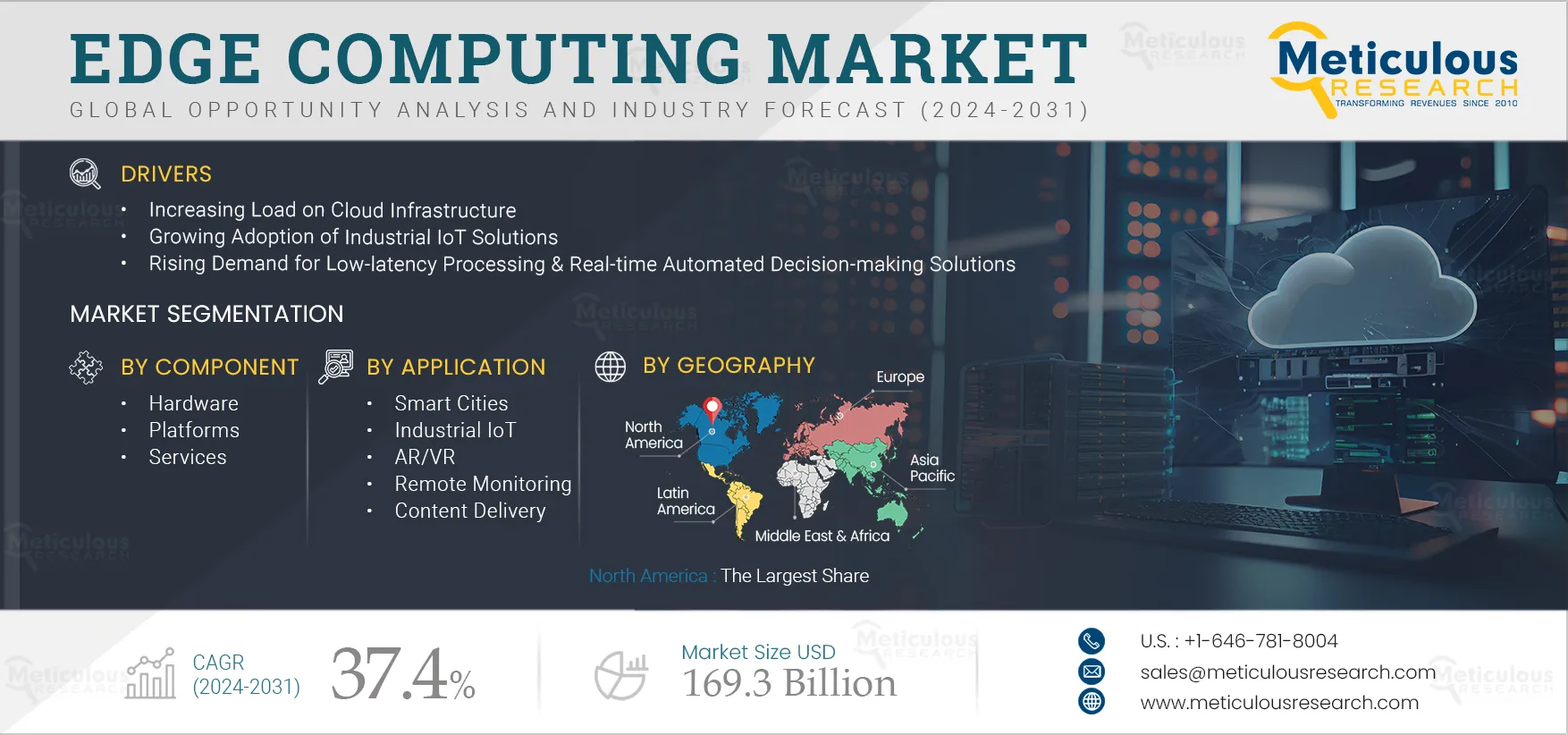 Click here to: Get Free Sample Pages of this Report
Click here to: Get Free Sample Pages of this Report
Connected devices generate massive amounts of data. This data can be handled easily and transferred to the cloud for further processing. However, this comes at the cost of additional processing time. Deriving fact-based decisions after analysis also requires enhanced connectivity. Sending data to the cloud and awaiting results costs precious bandwidth and time and hinders real-time responsiveness. Edge computing is regarded as one of the better alternatives to address these issues. With the help of edge computing, the data collected from devices can be analyzed close to the point of origin, i.e., at the edge, to get near-instant, automated results. Edge computing technology can deliver computing capabilities to the logical extremes of the network, which can enhance performance and improve reliability in low-latency applications and services.
Edge computing not only helps boost operational efficiencies but also aids in making businesses more scalable. Many businesses do not require complex or sophisticated data analytics but do need speed and automation. Any delay in results or loss of data due to connectivity failure can lead to reputational and financial losses for an organization. In such scenarios, processing data with edge computing can save valuable time and enhance performance. Thus, the growing demand for low-latency processing & real-time automated decision-making solutions is driving the growth of the edge computing market.
5G is the next phase of mobile technology. It offers primary improvements over 4G, including high bandwidth, broader coverage, and ultra-low latency. In addition to enhanced processing power, 5G networks are expected to provide broadband speeds ten times faster compared to existing 4G networks. Such improvements have created new possibilities for far-away sensors to instantly provide updates about connected devices. Such real-time processing will require new equipment with enhanced capabilities, generating growth opportunities for the providers of edge computing solutions.
According to Cisco’s forecast, 5G connections will generate nearly 2.6 times more traffic than the average 4G connections. 5G connectivity, with its high bandwidth of 100 Mbps and ultra-low latency of 1 millisecond, is expected to drive high traffic volumes. Such high speeds and technological advancements are expected to create network traffic problems. Hence, the need for faster data processing is expected to grow exponentially with the emergence and proliferation of 5G technologies, supporting the growth of the edge computing market.
The countless complex sensory technologies integrated into autonomous vehicles require massive bandwidth and real-time parallel computing capabilities. Autonomous vehicles produce and consume large volumes of data (approximately 0.75 to 1 GB per second) to make real-time decisions for accurate navigation. According to Intel Corporation, an autonomous car can use up to 4,000 GB of data in just one hour of driving. Hence, there is a growing need for faster data analysis and processing.
Edge computing enables data to be processed closer to the source, i.e., motors, pumps, generators, or other sensors. This reduces the need to transfer data back and forth to and from the cloud. Furthermore, for the autonomous vehicles segment, edge computing techniques offer benefits of increased safety and spatial awareness, and interoperability with current-generation hardware. With edge computing, vehicles can exchange real-time sensory data, corroborate information, and improve decisions with fewer onboard resources. Thus, the emergence of autonomous vehicles and connected car infrastructure is anticipated to generate growth opportunities for the players operating in the edge computing market.
Based on component, the edge computing market is segmented into hardware, platforms, and services. In 2024, the hardware segment is expected to account for the largest share of over 52% of the edge computing market. The large market share of this segment is attributed to the increasing IoT deployments and market players’ increasing investments in edge computing infrastructure. For instance, in February 2023, bitsensing (South Korea) launched the 24GHz Traffic Insight Monitoring Sensor (TIMOS), powered by the NVIDIA Jetson platform, with AI edge computing to enable smart city environments by delivering accurate and reliable real-time detection on the road including traffic statistics, incidents, violations, and ETA.
Moreover, the hardware segment is also projected to register the highest CAGR during the forecast period. The growth of this segment is driven by the increasing investments in digital transformation initiatives across various industries.
Based on application, the edge computing market is segmented into smart cities, industrial IoT, remote monitoring, content delivery, AR/VR, and other applications. In 2024, the smart cities segment is expected to account for the largest share of over 22% of the edge computing market. The large market share of this segment is attributed to the increasing number of smart city projects worldwide and the rising adoption of smart technologies for urban management. Smart cities are increasingly incorporating edge computing strategies to mitigate the costs associated with transmitting extensive data and reduce bandwidth requirements.
However, the content delivery segment is projected to register the highest CAGR during the forecast period. The growth of this segment is driven by the rising demand for expedited data processing over content delivery networks and the increasing need to minimize data transmission costs for enterprises and other stakeholders.
Based on end-use industry, the edge computing market is segmented into manufacturing, retail, healthcare, media & entertainment, telecommunications, transportation & logistics, government & defense, energy & utilities, and other end-use industries. In 2024, the energy & utilities segment is expected to account for the largest share of over 19% of the edge computing market. The large market share of this segment is attributed to the increasing initiatives undertaken by market players to implement edge computing for data processing in remote locations and the growing need to enhance production capabilities, streamline processes, improve sustainability, and extend the life of assets in the energy & utilities industry. For instance, in June 2023, Itron Inc. (U.S.) launched Edge Gateway, an edge-computing platform aimed at empowering utilities to achieve decarbonization and sustainability objectives while efficiently managing critical infrastructure.
However, the telecommunications segment is projected to register the highest CAGR during the forecast period. The growth of this segment is driven by the increasing demand for voice assistants like Cortana, Alexa, Google Assistant, and Siri, coupled with the technological advancements in the telecom industry, including the rollout of 5G technology and the proliferation of IoT-enabled devices.
In 2024, North America is expected to account for the largest share of over 43% of the edge computing market. North America’s large share is attributed to the region's well-established technological and educational infrastructure, high adoption of advanced technologies, and concentration of numerous established edge computing companies and start-ups. Furthermore, the adoption of edge computing solutions has been on the rise among North American enterprises seeking to enhance their IT infrastructure and harness the advantages of cutting-edge technologies, notably 5G and IoT.
However, Asia-Pacific is projected to record the highest CAGR of over 39.5% during the forecast period. The growth of this regional market is driven by increasing cloud traffic, government bodies’ and market players’ growing preference for local data storage & processing, and increasing investments in the telecommunications sector. Additionally, government initiatives promoting digitalization across various industries and substantial investments in IoT & cloud technologies contribute to market growth in APAC.
The report offers a competitive analysis based on an extensive assessment of the leading players’ product portfolios, geographic presence, and key growth strategies adopted in the last 3–4 years. The key players operating in the edge computing market are Amazon Web Services (U.S.), Microsoft Corporation (U.S.), Dell Technologies, Inc. (U.S.), Hewlett-Packard Enterprise Company (U.S.), General Electric Company (U.S.), Huawei Technologies Co., Ltd. (China), IBM Corporation (U.S.), Juniper Networks, Inc. (U.S.), Cisco Systems, Inc. (U.S.), FogHorn Systems, Inc. (U.S.), Google LLC (U.S.), Intel Corporation (U.S.), SAP SE (Germany), MachineShop, Inc. (U.S.), and Saguna Networks Ltd. (Israel).
|
Particulars |
Details |
|
Number of Pages |
250 |
|
Format |
|
|
Forecast Period |
2024–2031 |
|
Base Year |
2023 |
|
CAGR (Value) |
37.4% |
|
Market Size (Value) |
$169.3 Billion by 2031 |
|
Segments Covered |
By Component
By Application
By End-use Industry
|
|
Countries Covered |
North America (U.S. and Canada), Europe (Germany, U.K., France, Italy, Spain, and Rest of Europe), Asia-Pacific (Japan, China, India, South Korea, Australia & New Zealand, and Rest of Asia-Pacific), Latin America and the Middle East & Africa |
|
Key Companies Profiled |
Amazon Web Services (U.S.), Microsoft Corporation (U.S.), Dell Technologies, Inc. (U.S.), Hewlett-Packard Enterprise Company (U.S.), General Electric Company (U.S.), Huawei Technologies Co., Ltd. (China), IBM Corporation (U.S.), Juniper Networks, Inc. (U.S.), Cisco Systems, Inc. (U.S.), FogHorn Systems, Inc. (U.S.), Google LLC (U.S.), Intel Corporation (U.S.), SAP SE (Germany), MachineShop, Inc. (U.S.), and Saguna Networks Ltd. (Israel) |
The edge computing market study focuses on market assessment and opportunity analysis based on the sales of edge computing solutions across various regions, countries, and market segments. This study also includes a competitive analysis based on an extensive assessment of the product portfolios, geographic presence, and key growth strategies of the leading players in the edge computing market.
The edge computing market is projected to reach $169.3 billion by 2031, at a CAGR of 37.4% during the forecast period.
In 2024, the hardware segment is expected to account for the largest share of over 52% of the edge computing market.
Based on end-use industry, the telecommunications segment is projected to register the highest CAGR during the forecast period.
The growth of the edge computing market is primarily driven by the increasing load on cloud infrastructure, the growing adoption of Industrial IoT solutions, and the rising demand for low-latency processing & real-time automated decision-making solutions. Furthermore, the emergence of autonomous vehicles and connected car infrastructure is expected to generate growth opportunities for the players operating in this market.
The key players operating in the edge computing market are Amazon Web Services (U.S.), Microsoft Corporation (U.S.), Dell Technologies, Inc. (U.S.), Hewlett-Packard Enterprise Company (U.S.), General Electric Company (U.S.), Huawei Technologies Co., Ltd. (China), IBM Corporation (U.S.), Juniper Networks, Inc. (U.S.), Cisco Systems, Inc. (U.S.), FogHorn Systems, Inc. (U.S.), Google LLC (U.S.), Intel Corporation (U.S.), SAP SE (Germany), MachineShop, Inc. (U.S.), and Saguna Networks Ltd. (Israel).
Asia-Pacific is projected to register the highest CAGR of over 39.5% during the forecast period.
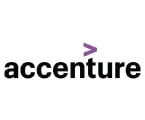






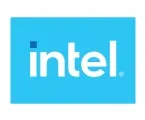

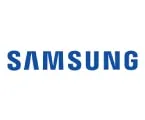


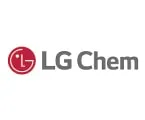

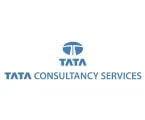
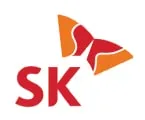


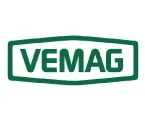





Published Date: Oct-2025
Published Date: Aug-2025
Published Date: Jan-2025
Published Date: Jul-2024
Published Date: Jan-2024
Please enter your corporate email id here to view sample report.
Subscribe to get the latest industry updates